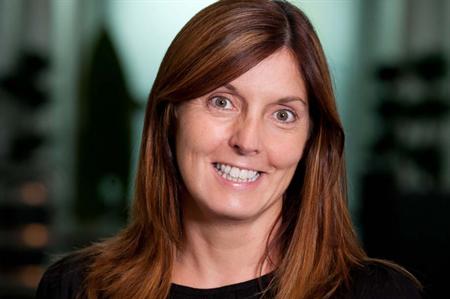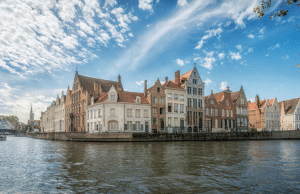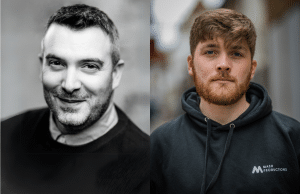“Focus has to be on the content”
Text by Joanne Brook, Universal WorldEventS
To achieve a return on investment from an event the focus has to be on the content. Technology provides tools that enable us to engage with audiences long before an event starts – to build anticipation, to involve audiences in selecting content and enables delegates to network with each other. So with ever more tools at one’s disposal where does the process to deliver the optimum meeting start?
Setting the Objectives. The Phillips Methodology Return on Investment model requires that objectives be set at 5 levels. Focusing on the first 3: Level 1 is about the perceptions we want to create amongst the attendees, level 2 is about learnings: what the learning objectives are that should be conveyed and level 3 is about actions – specifically in relation to applying the learning objectives into the delegates organisational roles.
Meeting Format. A single presenter standing up and delivering a PowerPoint presentation is unlikely to result in maximum message retention and engagement. To follow are a number of options for consideration:
a) A traditional debate is an effective way to engage audiences in discussions in a lively way and shift opinions. Speakers raise their game and the audience is more involved.
b) Presenting a case study can be engaging when brought to life by asking the audience to provide their views at key times when decisions were made. The use of more than one speaker can also help in this respect.
c) If you have a guest speaker who could talk on numerous topics of great interest to your audience, the question is which ones should be covered? The simple answer is let your audience decide. This way you are engaging them before the content has even started.
d) Another option is to take some of your key stakeholders and ask them to host a table. You then invite small groups of the audience to rotate amongst the tables to allow them a more intimate interaction with the table hosts.
e) Another simple idea is to break your audience into small groups, ask them to identify key issues on certain topics. They then interact within their groups with a view to presenting back to the whole audience. This is engaging and leads to a high level of cascading of the information, as there is a high sense of ownership.
Use of technology in the meeting
Technology should not be used for technology’s sake. It must be there to enrich the experience for the audience and not simply to make the company seem leading edge or because other people are doing it. Used inappropriately it will be distracting, waste time and money and not help you to achieve your objectives. Ideally it needs to add to the engagement by increasing the audience’s involvement and enriching their experience so they retain more of the key messages.
Looking at some of the ideas above, the use of interactive technology such as tablets, apps, mobiles etc. would work well as you can record the interest levels in each of the topics and use this for follow up purposes. A confident presenter can ask further questions around the chosen topics and use the feedback to hone the content further. Once this repartee has started the flow of interaction can be high. Audiences can use interactive technology to record information they have learned and will be sharing with the broader audience or their colleagues and teams.
Pre-event Communication
Event websites and apps are a vital tool in today’s world and provide a key role in the communication process. The more one can involve audiences in the build- up to an event, the better; providing it is relevant and going to add to their experience. For example, you can ask them to post a short video about a topic they would like to discuss that their fellow attendees will vote on to see if they are given airtime. As the meeting host you can use this information to plan and enrich your content further as well as being confident that your audiences are going to receive content that is of utmost interest to them.
On-going Communication
There was a time when everything was focused on the live event itself with little attention to the pre or post communication; this is a huge opportunity lost in terms of using all available channels to achieve a ROI. To maximise the value of your event, it is important to develop a communications plan encompassing pre, post and on going communications. One example can be to create a digital platform for all the attendees to be able to interact with each other. As the meeting sponsor you can feed in relevant research and data that will stimulate the debate and keep it going potentially on an indefinite basis. Distilling down key information for post event reference should always be done. If the event has been filmed then edited highlights should be produced for similar purposes. Records should be kept and acted on where technology was used.
Everything referred to above should lead to more engaging experiences for your audiences which should help you achieve your objectives; but whatever you do don’t forget the importance of excellent logistics. Done poorly this will be detrimental to your attendee experience. Done well it will make all the difference and be vital in delivering a high level of goodwill to your organization and, of course, the meeting stakeholders.

JOANNE BROOK
Joanne is the Head of Audience Engagement at Universal WorldEvents. With over 20 years experience, Joanne has considerable knowledge of all aspects of event management including operational delivery of events from 10 to 2000 delegates, financial and procure- ment initiatives and client servicing. Joanne’s role is to promote a range of engagement tools and solutions to both new and existing clients, in the rapidly evolving digital world.
















